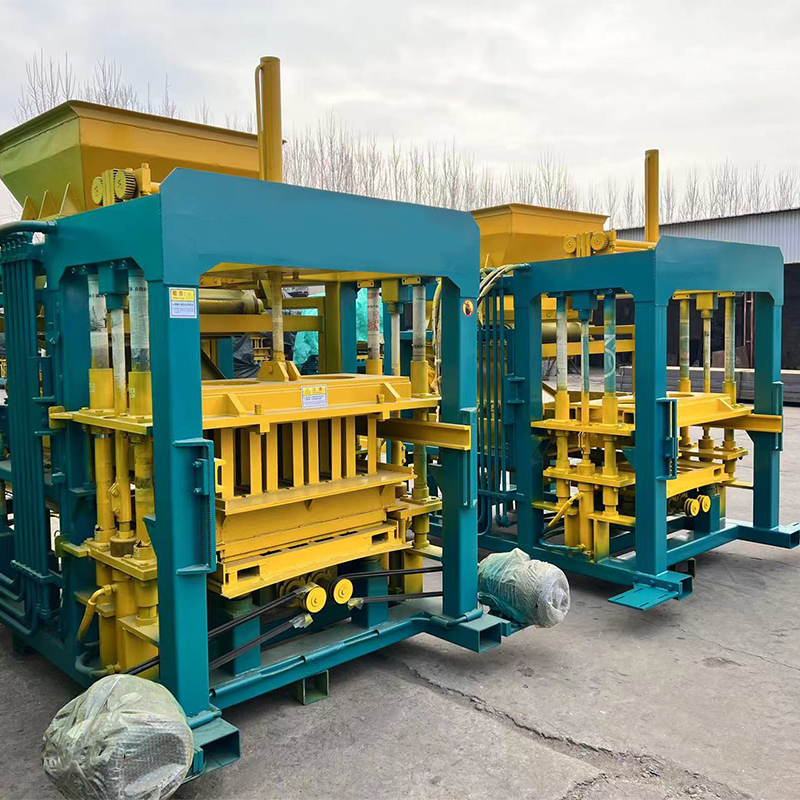
Title: Modernizing the Hearth: Strategies for Upgrading Traditional Brick Kilns to Semi-Automatic Systems
Introduction
In the traditional world of brick manufacturing, upgrading from conventional brick kilns to semi-automatic systems is a strategic move that promises increased efficiency, reduced environmental impact, and enhanced product quality. This article explores key strategies for smoothly transitioning and upgrading traditional brick kilns to semi-automatic systems.
1. Comprehensive Feasibility Assessment:
Before embarking on the upgrade journey, conduct a thorough feasibility assessment. Evaluate the current state of the traditional kiln, considering factors such as its structural integrity, energy efficiency, and production capacity. A detailed understanding of existing constraints and opportunities is crucial for informed decision-making.
2. Technological Retrofitting:
Integrate semi-automatic technologies into the traditional kiln infrastructure. This may involve retrofitting existing kilns with automation components, advanced firing systems, and digital control mechanisms. Retrofitting allows for a gradual transition, minimizing downtime and capitalizing on existing infrastructure.
3. Staff Training and Skill Development:
Upgrading to semi-automatic systems necessitates a shift in the skill set of the workforce. Implement comprehensive training programs to familiarize operators with the new technologies, machinery, and control systems. Ensure that the team is well-versed in operating, maintaining, and troubleshooting the semi-automatic components.
4. Gradual Implementation and Testing:
Avoid sudden disruptions to production by implementing the upgrade gradually. Test new components in phases, allowing for adjustments and optimizations. This incremental approach minimizes risks associated with unforeseen challenges, ensuring a smoother transition to semi-automatic operations.
5. Energy-Efficient Kiln Designs:
As part of the upgrade, consider transitioning to more energy-efficient kiln designs. Modern kilns equipped with advanced insulation materials, improved combustion systems, and waste heat recovery mechanisms contribute to reduced energy consumption and lower operational costs.
6. Automation of Material Handling:
Introduce automation to material handling processes. Implement conveyor systems, robotic loaders, or other automated solutions to streamline the movement of raw materials, bricks, and other components within the production line. This enhances efficiency and reduces manual labor requirements.
7. Implementing Digital Control Systems:
Upgrade control systems to digital platforms that allow for precise monitoring and adjustment of key parameters. Digital control systems enable operators to optimize firing conditions, track energy consumption, and ensure consistent product quality. This level of control is a hallmark of semi-automatic brick production.
8. Environmental Compliance and Sustainability:
Align the upgraded kiln with environmental standards and sustainability goals. Consider incorporating eco-friendly features such as emission control systems, sustainable sourcing of raw materials, and waste management practices. Adhering to environmental compliance enhances the market appeal of the upgraded brick production.
9. Integration of Quality Control Measures:
Implement advanced quality control measures to ensure product consistency. This may involve incorporating sensors, cameras, or other technologies to monitor brick dimensions, color consistency, and surface quality. Automated quality control enhances the reliability and market value of the produced bricks.
10. Cost-Benefit Analysis and Return on Investment (ROI):
Conduct a detailed cost-benefit analysis to assess the economic viability of the upgrade. Consider factors such as initial investment, operational costs, expected efficiency gains, and potential market advantages. A clear understanding of the return on investment helps justify the upgrade and guide decision-making.
Conclusion
Upgrading traditional brick kilns to semi-automatic systems is a strategic maneuver that demands careful planning and execution. By embracing technological advancements, training the workforce, and gradually implementing changes, brick manufacturers can enhance efficiency, reduce environmental impact, and position themselves as leaders in the evolving landscape of sustainable and modern brick production. The transition to semi-automatic systems not only improves the bottom line but also contributes to the long-term viability and competitiveness of brick manufacturing enterprises.
